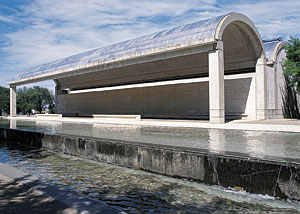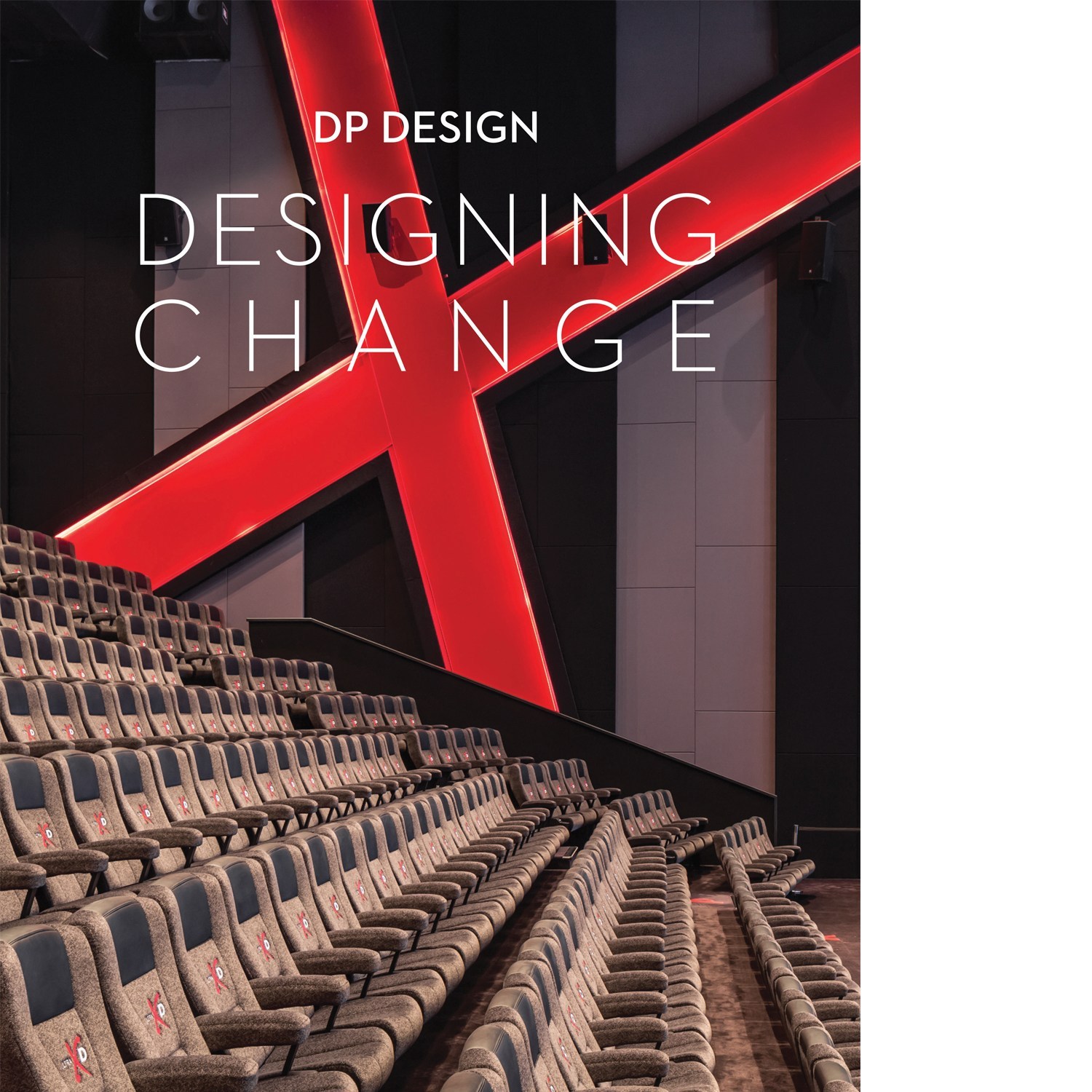In retrospect, the anointing of Renzo Piano to design an addition to the Kimbell Art Museum seems almost preordained. He worked in Louis I. Kahn’s Philadelphia office during the 1960s and already had three critically acclaimed art museums in Texas: the Nasher, Menil Collection, and Cy Twombly Gallery.

The existing Kimbell Art Museum, in Fort Worth, designed by Louis I. Kahn, dates to 1972. The museum has hired Renzo Piano, who worked for Kahn, to design a new building across the street.
Piano called the commission, which was announced in April, “an awesome challenge, but an attractive one.” His addition will be located diagonally across the street from Kahn’s 1972 original on land the museum purchased in 1998. It will provide space for temporary exhibitions, allowing the Kimbell to display more of its small but exquisite permanent collection. “No other museum puts paintings of this quality in storage,” director Timothy Potts said at the time. “Yet we often do it for half a year.”
The matter-of-factness of this announcement contrasted sharply with the fireworks surrounding a 1989 proposal by his predecessor, Ted Pillsbury, to add several vaulted galleries to the original building. Critics, architects, and especially the Kahn family denounced that plan as a sacrilege. The expansion idea resurfaced in early 2006 at a Fort Worth dinner attended by Potts, trustees Ben and Kay Fortson, and Louis Kahn’s daughter Sue Ann. It wouldn’t be a physical extension this time, but a separate building with its own program and architectural identity. The “hands off” approach delighted Sue Ann Kahn, the most ardent defender of her father’s architectural legacy.
“It was important for me to have her blessing,” says Kay Fortson, a key figure in creating the 1972 building. In addition to seeking a stellar addition, she and the other trustees wanted to avoid another damaging public brouhaha.
But there are other issues in play besides solving a space problem and ducking a nasty fight. The Texas cultural landscape is changing. With the opening of Tadao Ando’s Modern Art Museum of Fort Worth next door, and an expanded Amon Carter Museum nearby, the Kimbell no longer has a monopoly on architectural cachet. Its attendance has been off and there is a public perception, valid or not, that some of its recent exhibitions were tired. Moreover, in a runaway international art market, even museums with healthy endowments, including the Kimbell, can’t buy much—which makes having a building dedicated to major traveling exhibitions even more important.
The Kimbell selected Piano without a competition or even a rigorous search. “There was just a strong feeling among board members and the Kahn family that Piano was the ‘right choice,’” explained Potts, who resigned abruptly in late May for unspecified personal reasons.
Since receiving the commission, Piano since visited Fort Worth, studied the site, and met with the Kimbell board. Details about the cost, size, and construction scheduled are still to be determined. What is clear is that this time around, nobody is likely to complain about “adding brush strokes to a Picasso.”
“I doubt we could do better than Renzo,” says Sue Ann Kahn. “He knows Texas. He’s been to see the Ando building. He’ll ponder the relationship of old and new. You can’t beat those odds.”


Post a comment to this article
Report Abusive Comment